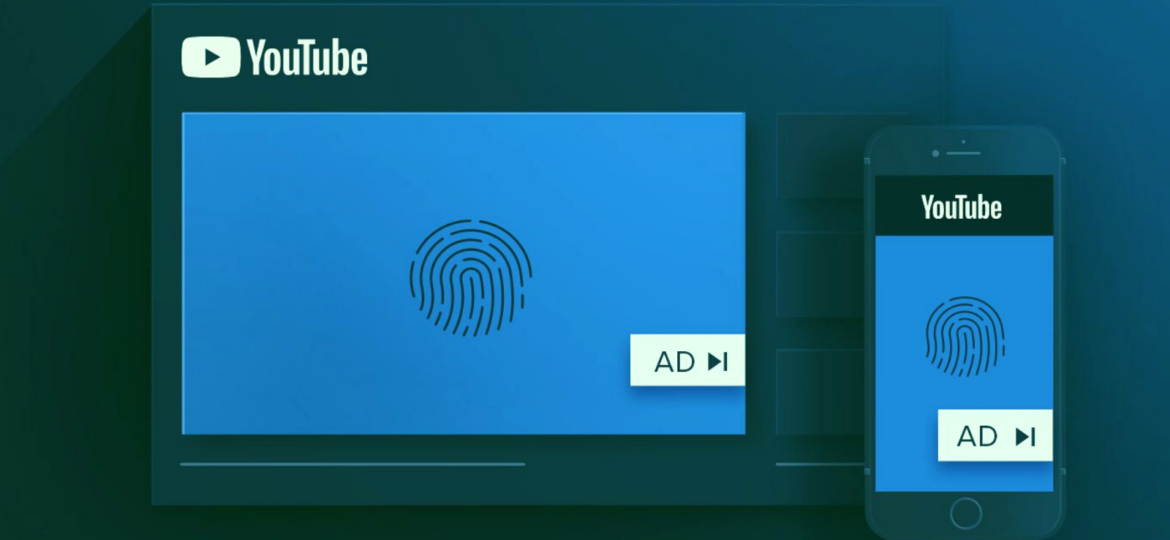
When it comes to social media, video marketing is one of the most powerful tools a business can use. YouTube is the second largest search engine in the world. Therefore, it’s no surprise that many businesses are turning to YouTube ads to reach their target audience. In this blog post, we will discuss the 5 best YouTube ad targeting strategies that will help your business achieve its marketing goals.
1. Targeting the right demographics and audience
One of the most important things to consider when targeting your audience for YouTube ads is knowing who your target market is. Therefore, you need to understand their needs and what motivates them before you can create effective content that will resonate with them. Once you know your target market, you can begin tailoring your ad content specifically for them. You will want to consider their age, gender and location. And, you’ll want to make sure that the content of your ad appeals to the right demographics so you can maximize viewership and conversions.
For example, if you’re a business that sells baby clothes then you might want to target mothers who are between the ages of 25-35 and live in a major city. You can also target other demographics such as people who have children under three years old or those who are expecting their first child soon by using social media sites like Facebook, Twitter and Instagram.
2. Choosing the right type of ad
There are two main types of YouTube ads – bumper ads and skippable video ads. Bumper ads are short, non-skippable videos that are six seconds or less in length. They’re perfect for businesses with a limited budget who want to create a quick, attention-grabbing ad. Skippable video ads are longer videos that allow viewers to skip them after five seconds. These ads have more room for creativity and storytelling than bumper ads do. However, they can cost a little bit more money per view.
Once you’ve decided which type of YouTube ad is best suited for your business goals, you need to find out where these types of ads appear on YouTube. Bumper ads are usually present at the beginning of a video. Meanwhile, skippable video ads can be placed in the middle or at the end of one. You should also know where these types of ads will appear within videos. For example, if you’re targeting audiences who watch cooking videos regularly then it might be best to place your ad within the video itself.
Most experts agree that a video ad should be between 30 seconds to one minute long. This allows enough time to communicate your message without being overly repetitive. And, boring viewers who might not want watch more than a few seconds of your ad.
When it comes to formats, in-stream video ads are the most popular on YouTube. This type of ad allows you to promote your business by having it appear before, during or after another video on YouTube. Furthermore, the ads play before other videos that have been selected by the user. And, usually last about 15 – 20 seconds. There’s also a growing trend of using social media stars as brand ambassadors. Therefore, keep an eye out for that too! In addition, the in-stream video ad also has more room than other types of ads. So, it gives businesses a chance to tell their brand story as well.
3. Creating a catchy headline and video
When it comes to creating a catchy headline for your YouTube ad, you’ll want to keep three things in mind. Firstly, the benefits of using your product or service. Secondly, what makes your business unique. And, how you can solve your target market’s problem. This will help ensure that your ad is focused and provides useful information that they can use. You also need to make sure that your video is just as attention-grabbing as your headline.
For example, if you’re a personal injury attorney video ad might start like this. “Imagine having your legal fees taken care of so you can focus on what matters most – getting justice for yourself and others.” This would tell viewers that they won’t have to worry about paying their lawyer anymore if they win. As a result, an advertising strategy that works.
4. Placing YouTube ads on specific channels
YouTube offers a way for advertisers to target certain video clips and channels with text, image or rich media-based advertisements. These are called Placement Ads because they will show up on specific videos within your advertising campaign. In addition, you can add placements in ad groups if you’re managing them through YouTube’s interface.
Placement ads are ideal for businesses that want to reach a broad audience. However, not necessarily people who watch videos related to their products or services. They’re also great if you have an existing social media presence on other networks. They can help boost your YouTube views by driving traffic from those sites back to your channel.
When it comes to choosing placements, you’ll want to think about the content of the videos you’re targeting. And, how well they align with your brand. For example, if you sell cars then it might not make sense to target a placement ad on a channel that focuses on home repairs. However, if you’re a car dealership that also sells home repairs then it would make sense to target that channel.
5. Testing, testing, testing!
No matter what targeting strategies you choose for your ads, it’s important to test them and see if they’re effective. This can be done by creating different versions of your ad. And, seeing which one produces the best results. You can also use analytics tools like Google Analytics to help you measure how well your ad is performing.
When it comes to measuring the success of your YouTube ads, there are a few key metrics you’ll want to look at. For example, impressions, clicks, click-through rate (CTR), and conversion rate. Impressions are simply how many times your ad has been shown. And, clicks are the number of people who have clicked on your ad.
You’ll also want to pay attention to your cost per click (CPC) and conversion rate as well. These are two important metrics that will help determine how much money you’re spending on each ad view. Your CPC is calculated from the total amount spent divided by the number of clicks. However, conversions are based off of whether or not people actually bought something after seeing your ad.
To determine if your YouTube ads are working, there are a few things you’ll want to consider. Firstly, are they getting enough impressions? Secondly, do customers click on them and make purchases? Finally, are those clicks converting at an acceptable rate? If not, then it might be time for some changes!
The Benefits of Using YouTube Ad Targeting Strategies
There are a few reasons. Firstly, YouTube is the second most trafficked site on the internet. Secondly, viewers are more likely to take action after watching a video ad. For instance, visiting a website or buying a product than they would after seeing a TV ad. And finally, because social media marketing is so important for businesses today, YouTube offers many ways to target your audience and reach out to them through social channels.
Examples of Business YouTube Ad Targeting Strategies
One business that has had great success with YouTube ads is e-commerce giant, Amazon. In fact, a recent study found that Amazon’s return on investment for video advertising was nearly three times higher than any other social media site. This is likely because Amazon knows how to target its audience well. For example, the company often uses YouTube ads as part of its social media marketing strategy. They create videos that highlight product features or give users tips on how to use them.
They also target their Amazon Prime service to specific demographics like mothers who are between the ages 25-35. Their strategy gives subscribers free two-day shipping on all orders. This ensures that their ads are seen by the right people. And, they’re not wasting money on clicks from those who won’t be interested in what they’re selling.
Another business that has had great success with YouTube ads is car company, Ford. In fact, one of Ford’s recent campaigns called “America’s Best Test Drive” received over two million views within its first week after launching. They made sure their ad was seen by the right people through various social media channels promoting their new car models. In addition, they included videos from customers who’ve taken the test drive and gave honest opinions about the cars. As a result, this created a sense of trust between Ford and potential customers. Which is why the campaign was so successful.

